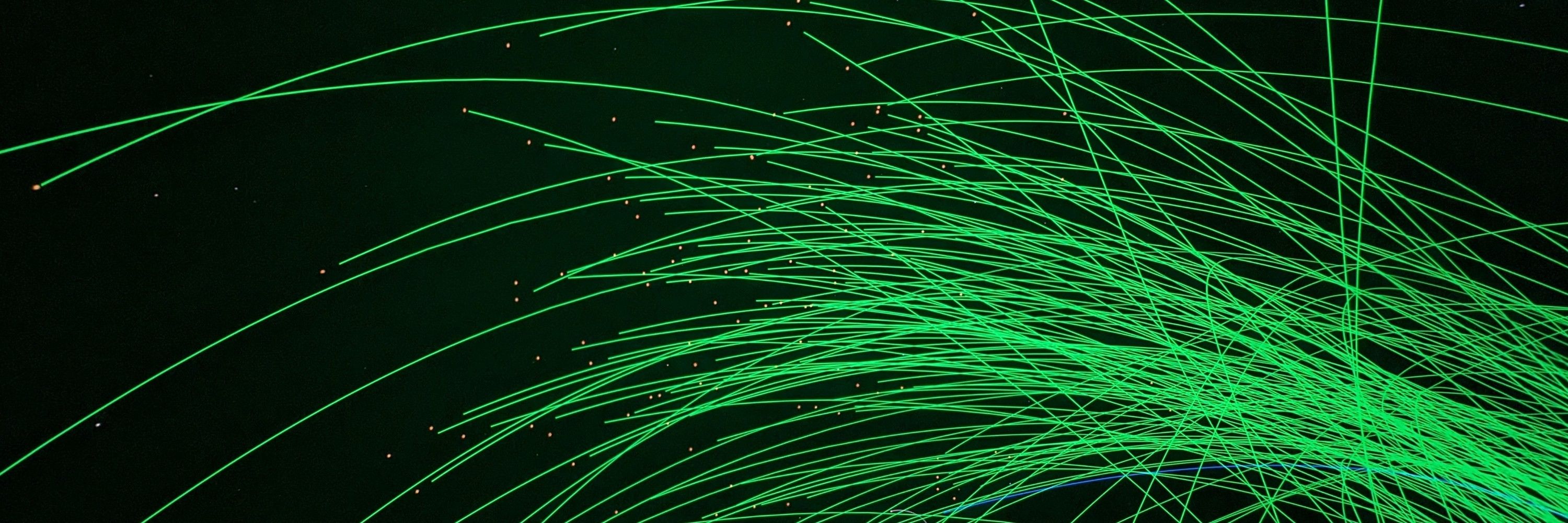

Yesterday, the @vrubinobs.bsky.social released their 1st images, and bragged about the scope's capabilities, including the quick discovery of over 2,100 asteroids. They didn't rush to release the orbital info of these worlds... but I found them.


Yesterday, the @vrubinobs.bsky.social released their 1st images, and bragged about the scope's capabilities, including the quick discovery of over 2,100 asteroids. They didn't rush to release the orbital info of these worlds... but I found them.
Almost instantly, Rubin Observatory has become the 17th most prolific asteroid discoverer ever (out of over 2,000). #BetterKnowAnAsteroid


Almost instantly, Rubin Observatory has become the 17th most prolific asteroid discoverer ever (out of over 2,000). #BetterKnowAnAsteroid
With apologies to Dr. Reddy, who's doing great work at my alma mater...

With apologies to Dr. Reddy, who's doing great work at my alma mater...





I also think it's a pretty pattern

I also think it's a pretty pattern
This was just one bit of spice in the last 24 hours for the #planetarium

This was just one bit of spice in the last 24 hours for the #planetarium


I think maybe this year's DNA breakdowns look pretty accurate?
59 >> 7 > 4 ✅

I think maybe this year's DNA breakdowns look pretty accurate?
59 >> 7 > 4 ✅
- Sept 8, 2040, all five visible planets will be low in the west after sunset, joined by a crescent Moon
- Nov 22, 2065, Venus transits Jupiter


- Sept 8, 2040, all five visible planets will be low in the west after sunset, joined by a crescent Moon
- Nov 22, 2065, Venus transits Jupiter
kpno.noirlab.edu/news/noirlab...

kpno.noirlab.edu/news/noirlab...

Pop quiz! In a system of seven planets discovered via transits, what are the odds the orbits would be traced out like this:

Pop quiz! In a system of seven planets discovered via transits, what are the odds the orbits would be traced out like this:



Smash cut to Saturn. It has a bunch of moons. Some of the moons move on orbits nicely aligned with Saturn's rings and the planet's equator. The planet's largest moons form the bulk of this group.

Smash cut to Saturn. It has a bunch of moons. Some of the moons move on orbits nicely aligned with Saturn's rings and the planet's equator. The planet's largest moons form the bulk of this group.
But now we can start throwing curveballs. Planets line up, makes sense, so what's up with the Kuiper belt?

But now we can start throwing curveballs. Planets line up, makes sense, so what's up with the Kuiper belt?


This is a normal thing in our sky, and that's great!

This is a normal thing in our sky, and that's great!




